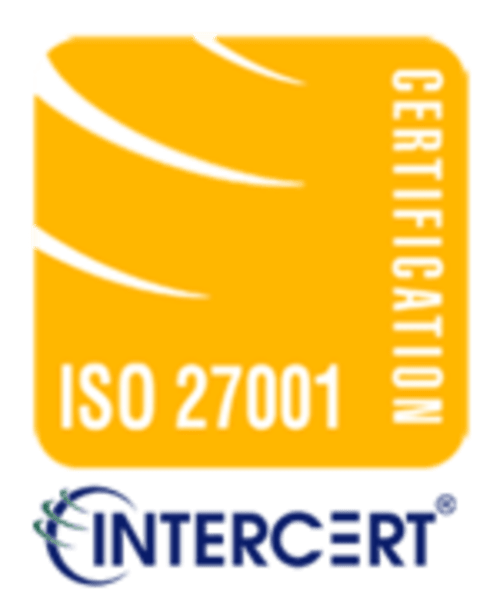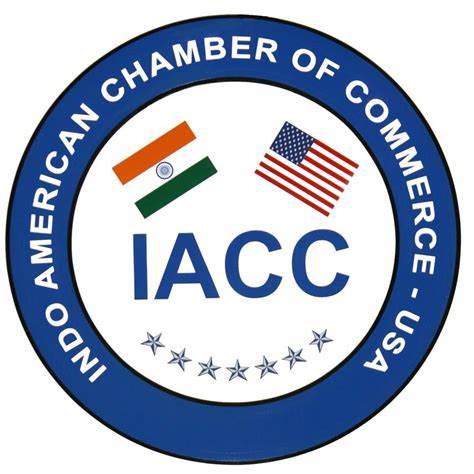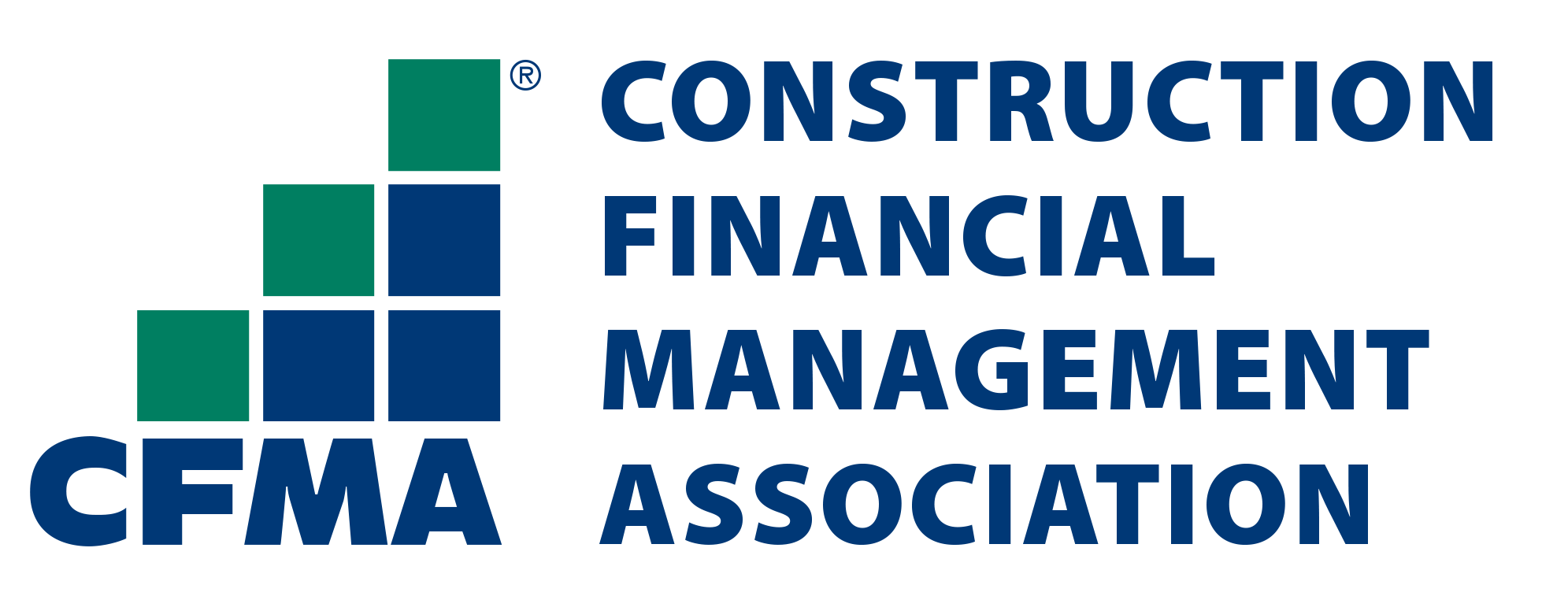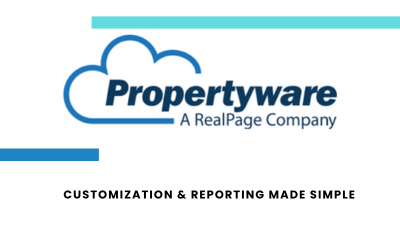
Unlocking the True Power of Propertyware: A Deep Dive into Customization & Reporting
- September 4, 2025
- OHI

Property management software should work for you, not against you. Yet many property managers barely scratch the surface of what Propertyware can accomplish, missing out on powerful customization features and reporting capabilities that could streamline their operations and boost profitability.
Propertyware stands out as one of the most comprehensive property management platforms available, offering robust tools for everything from tenant screening to maintenance requests. However, its true value emerges when you move beyond the default settings and tailor the system to match your specific business needs.
This deep dive explores how to harness Propertyware’s customization features and reporting tools to transform your property management workflow. You’ll discover practical strategies to optimize your setup, create meaningful reports, and leverage advanced features that many users overlook.
Whether you manage a handful of rental properties or oversee a large portfolio, these insights will help you maximize your investment in this powerful platform and elevate your property management game.

Property managers frequently grapple with lengthy RFP preparation, disjointed vendor workflows, and cumbersome lease administration that sap time and introduce errors. Propertyware addresses these challenges head-on with configurable RFP templates that capture all necessary details in minutes, intelligent maintenance routing that assigns tasks based on priority and expertise, and automated lease lifecycle reminders that handle renewals and enforcement seamlessly. Below are some of the pain points of property managers with the solution of it.
| Pain Point | Description | Propertyware Solution |
|---|---|---|
| 1. Time-Consuming RFP Creation | Property managers spend hours drafting vendor RFPs, delaying procurement and projects. | Pre-built RFP templates for quick generation; customizable fields for scope, budget, timelines; automated vendor response scoring. |
| 2. Lack of Automation & Manual Workflows | Manual data entry, emails, and spreadsheets increase errors and consume time. | Workflow Automation Builder for event-driven tasks; custom fields and triggers to launch automated actions without manual intervention. |
| 3. Tenant Communication & Conflict Resolution | Maintaining timely, personalized tenant communication is challenging; conflict resolution often lacks structure. | Automated, personalized tenant communication sequences; unified communication log for better dispute resolution and history access. |
| 4. Maintenance & Repair Coordination | Tracking and routing maintenance requests is complex and time-intensive. | Smart maintenance routing based on category, priority, location, and vendor; status dashlets and color-coded alerts for task oversight. |
| 5. Lease Administration & Enforcement | Manual tracking of lease terms and enforcement risks overlooked deadlines and compliance issues. | Lease lifecycle workflows automate reminders and documents for key lease events; custom lease fields capture specialized lease details. |
By leveraging Propertyware’s highly customizable dashboards, automated workflows, and robust reporting engine, property managers can eliminate tedious manual tasks, maintain consistent tenant engagement, and streamline operations—ultimately saving time, reducing errors, and improving both tenant and owner satisfaction.
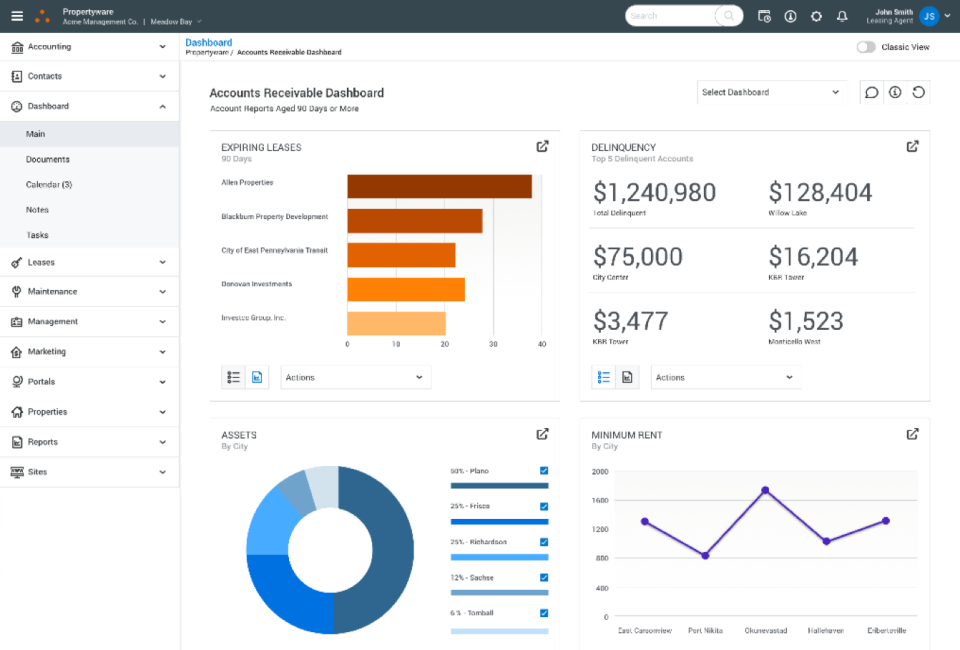
Propertyware’s flexibility stems from its modular design, allowing property managers to configure nearly every aspect of their workflow. The platform recognizes that no two property management businesses operate identically, which is why customization sits at the heart of its functionality.
The customization framework operates on three primary levels: user interface personalization, workflow automation, and data field modification. Each level offers different degrees of control, enabling you to fine-tune your experience without compromising the platform’s core stability.
Your dashboard serves as mission control for daily operations. Propertyware allows you to customize dashboard widgets, rearrange menu items, and set up quick-access shortcuts for frequently used features. Smart property managers configure their interface to prioritize the most critical information first thing each morning.
Consider organizing your dashboard around key performance indicators that matter most to your business. Vacancy rates, outstanding maintenance requests, and pending lease renewals deserve prominent placement if they drive your daily decisions.
Automation represents one of Propertyware’s most powerful customization options. You can create automated workflows for routine tasks like lease renewals, rent collection follow-ups, and maintenance scheduling. These workflows reduce manual intervention while ensuring consistent communication with tenants and property owners.
The key lies in mapping your existing processes before implementing automation. Document how you currently handle common scenarios, then translate these processes into Propertyware’s workflow builder. This approach ensures your automated systems reflect proven procedures rather than forcing you to adapt to generic templates.

Standard property management software often forces you to work within predefined data structures. Propertyware breaks this limitation by offering extensive custom field capabilities, allowing you to capture and track information specific to your market or business model.
Custom fields should serve specific business purposes rather than simply capturing additional data. Consider what unique information drives your decision-making process. Local market conditions, property-specific amenities, or owner preferences might warrant custom tracking.
Most property managers use Propertyware’s standard reports, but the real power lies in creating custom reports that answer your specific business questions. The platform’s reporting engine can pull data from virtually any field and present it in formats that drive decision-making.
Performance dashboards give you real-time visibility into key metrics without having to run multiple reports. You can create dashboards that track occupancy rates, maintenance costs per property, rent collection efficiency, or any combination of metrics relevant to your business.
The most effective dashboards focus on leading indicators rather than just historical data. For instance, instead of only tracking completed maintenance requests, include metrics on response times and tenant satisfaction scores. This approach helps you identify trends before they become problems.
Accounting for real estate requires specialized reporting that standard templates often miss. Propertyware’s custom reporting features let you create financial statements that align with real estate accounting principles and your specific business structure.
You can build reports that separate operating income from capital improvements, track cash flow by property or portfolio, and generate owner statements that match your communication style. This level of customization is particularly valuable for property managers handling multiple owner relationships with different reporting requirements.

Automation transforms routine tasks into background processes, freeing up your time for strategic activities. Propertyware’s workflow automation capabilities extend far beyond basic rent reminders and late fee calculations.
| Workflow Type | Description | Example Automation | Benefits |
|---|---|---|---|
| Tenant Communication Workflows | Automated sequences for all tenant interactions across the lease lifecycle | Move-in instructions at lease start; maintenance follow-up emails 48 hours after completion; lease renewal reminders at 60/30/7 days | Consistent communication; increased tenant satisfaction; fewer manual follow-ups |
| Maintenance Management Automation | Routing and prioritizing maintenance requests based on issue type, property, and vendor availability | Auto-assign HVAC issues to certified technicians; route emergency leaks to on-call staff; schedule routine inspections quarterly | Faster response times; reduced escalation costs; optimized vendor use |
| Financial Process Automation | Automating financial tasks such as late fee application, rent increases, owner distributions, and expense approvals | Apply late fees 5 days after missed payment; distribute owner payouts monthly; flag transactions over $5,000 for manager approval | Error reduction; timely financial execution; improved audit readiness |
Propertyware doesn’t operate in isolation. Modern property management requires integration with banking systems, maintenance platforms, marketing tools, and accounting software. The platform’s API capabilities enable connections with hundreds of third-party applications.
While Propertyware includes robust financial features, many property managers prefer specialized accounting software for complex financial operations. Integration allows data to flow seamlessly between systems without manual entry or reconciliation.
Popular integrations include QuickBooks for detailed financial reporting, Yardi for enterprise-level accounting, and various banking platforms for automated transaction imports. The key is choosing integrations that eliminate duplicate data entry while maintaining data accuracy.
Vacancy costs money every day, making efficient leasing processes crucial for profitability. Integrating Propertyware with marketing platforms creates seamless workflows from listing creation to lease signing.
You can connect with platforms like Zillow, Apartments.com, and Craigslist for automatic listing distribution, integrate with showing scheduling tools, and sync with electronic signature platforms for streamlined lease execution.
Property management involves sensitive financial and personal information. Propertyware’s advanced security features let you control exactly who can access what information and when they can access it.
Different team members need different levels of access. Maintenance coordinators don’t need access to owner financial statements, while accounting staff may not need tenant personal information. Role-based permissions ensure each user sees only relevant information.
You can create custom roles that match your organizational structure and business processes. This improves security while reducing interface complexity for individual users.
Real estate regulations require careful documentation of activities and decisions. Propertyware’s audit trail features track who made changes, when they occurred, and what information was modified.
These features are particularly valuable for fair housing compliance, financial audits, and dispute resolution. You can generate reports showing complete interaction histories for specific tenants, properties, or financial transactions.
Successfully customizing Propertyware requires a strategic approach that balances immediate needs with long-term goals. The most successful implementations follow a phased approach that builds complexity over time.
| Phase | Key Activities | Objectives | Outputs |
|---|---|---|---|
| Phase 1 | Configure basic custom fields (property details, tenant preferences, vendor capabilities) Establish consistent naming conventions and entry standards Document usage guidelines for team members | Ensure high data quality and capture critical business information in-system | Custom field library, data-entry standards document |
| Phase 2 | Design and implement simple automated workflows (communication sequences, maintenance routing) Monitor and refine triggers, timing, and conditions based on real-world performance Train users on automation usage | Reduce manual workload and build confidence in automation | Automated workflow configurations, performance review logs |
| Phase 3 | Develop advanced reporting dashboards with real-time metrics Implement predictive analytics models (occupancy forecasting, maintenance cost predictions) Integrate comparative market analysis for strategic insights | Drive data-informed decision-making and strategic planning | Interactive dashboards, analytical reports |

Customization projects can go wrong in predictable ways. Understanding common pitfalls helps you avoid expensive mistakes and implementation delays.
More features don’t automatically mean better results. Each custom field, workflow, and report adds complexity that requires ongoing maintenance. Focus on customizations that solve real problems rather than adding features because you can.
The best customization is worthless if team members don’t know how to use it effectively. Plan comprehensive training that covers not just how to use features, but when and why to use them.
Customization often changes established processes and workflows. Some team members may resist changes, even when they improve efficiency. Involve key users in customization planning and emphasize benefits rather than just features.

Customization isn’t a one-time project but an ongoing process of refinement and improvement. Establish metrics that help you evaluate whether customizations are delivering expected benefits.
Key performance indicators might include time savings on routine tasks, error reduction in data entry, faster response times to tenant requests, or improved financial reporting accuracy. Regular review of these metrics helps identify areas for further optimization.

Propertyware’s true power emerges when you move beyond basic functionality to create a system that works exactly how your business operates. Custom fields capture unique data requirements, automated workflows eliminate routine tasks, and sophisticated reporting provides insights that drive better decisions.
The property managers who thrive in competitive markets aren’t necessarily those with the most properties or the biggest budgets. They’re the ones who leverage technology most effectively to create operational advantages. Propertyware customization provides the tools to build those advantages.
Start with one area where you feel current limitations most acutely. Whether that’s tenant communication, financial reporting, or maintenance coordination, use Propertyware’s customization capabilities to solve that specific challenge. Success in one area builds momentum for broader improvements across your entire operation.
Your property management business is unique. Your software should reflect that uniqueness rather than forcing you to adapt to generic limitations. Take control of your Propertyware implementation and unlock the efficiency gains that separate successful property managers from those who simply get by.
Is Propertyware a CRM?
Propertyware is primarily a property management system, but it includes built-in CRM functionality for tenant and owner communications, lead tracking, and customer relationship management within the rental lifecycle.
How much does Propertyware cost?
Propertyware pricing is based on a per-unit, per-month model with tiered plans that scale by portfolio size and feature set. Entry-level plans start around $1.25 per unit per month, with more advanced tiers—including automation and reporting modules—ranging up to $3.00 per unit per month.
Is Propertyware easy to learn?
While Propertyware offers extensive customization and advanced features, its modular design and intuitive dashboard make onboarding straightforward. New users can leverage guided setup wizards, context-sensitive help, and video tutorials to become proficient within a few weeks, though deeper customization may require more training. Users report a moderate learning curve for advanced features but praise the clarity of training resources and customer support.
What is the best software for landlords?
The ideal property management software depends on portfolio size, feature requirements, and budget. For small-to-mid portfolios, solutions like Buildium and Rent Manager offer simplicity and integrated accounting. For larger portfolios seeking extensive customization and robust reporting, Propertyware and AppFolio lead the market with scalable automation and API integrations. Landlords should evaluate workflow needs, desired automation, and reporting depth when selecting the best fit.
Contact us for a customized NO OBLIGATION proposal for outsourcing your accounting activities.

